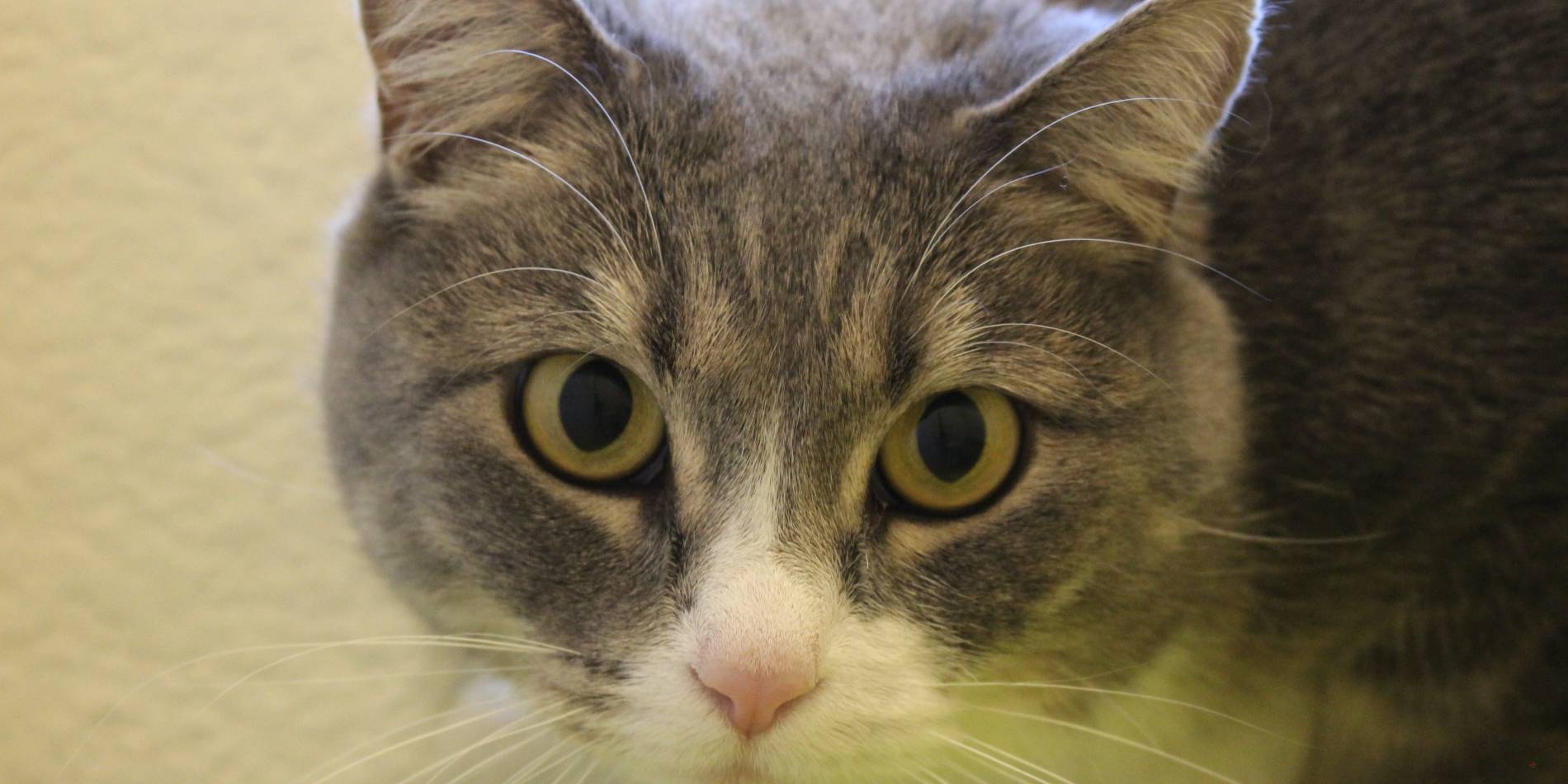Declawing is Amputation
Declawing is not just ‘trimming’ a cat’s nails, it’s a surgical procedure akin to removing the last joint on a human finger or the last joint of a human toe…except with a cat, it’s removing ends of all their toes on their front or back feet. Think about that for a moment, and how it would affect a human life to have that procedure, and what the recovery process would be like if a human couldn’t use crutches and still had to walk to the bathroom instead of using a bedpan.
There is no ‘Safe Way’ to Declaw
Even when a declawing procedure is done correctly (if botched, it can be very painful, cause infection, illness, and expense for corrective surgery), it can lead to chronic pain or arthritis, meaning the kitty’s every waking moment is a painful one.
Even if the surgery goes off without a hitch, the kitty has to relearn to walk, just as a human would if they lost their toes. Furthermore, despite a clean surgery, the nails can grow back inside the paw, causing extreme pain owners may not notice.
Many shelter cats that have been declawed previously come to us with arthritis pain and require a lifetime of low-grade painkillers.
Case study: Samara (featured) came to us in 2016, a 5-year-old grey female tabby. Samara had been declawed on all four paws because she acts aggressively towards other cats and children. Unfortunately, getting declawed only worsened her aggression and worse, it made her start biting, which led to her relinquishment. Wild Blue struggled with her general aggression as well, until we discovered that she was lashing out because she was in constant pain. Her disposition is much improved for being on painkillers, but that has greatly decreased the likelihood of her adoption due to the added upkeep cost.
Claws are Key to a Healthy Lifestyle
Scratching- the very thing that people are trying to prevent by declawing- is a critical part of a feline lifestyle. They scratch to mark territory (which builds confidence), to exercise, to maintain their nail health, and the stretch their muscles.
Without the ability to mark their territory naturally, declawed cats are more likely to go outside of their litterbox as a way to lay claim to their turf.
Claws are the First Line of Defense
It goes without saying that a kitty needs its claws to protect itself. A declawed cat is at great risk against predators and abusive people, even if it’s an indoor-only cat, sometimes they get out.
Furthermore, cats know when they’re declawed and vulnerable, and will often become more aggressive pro-actively and will defend itself by biting- which is far worse than a mere scratch.






